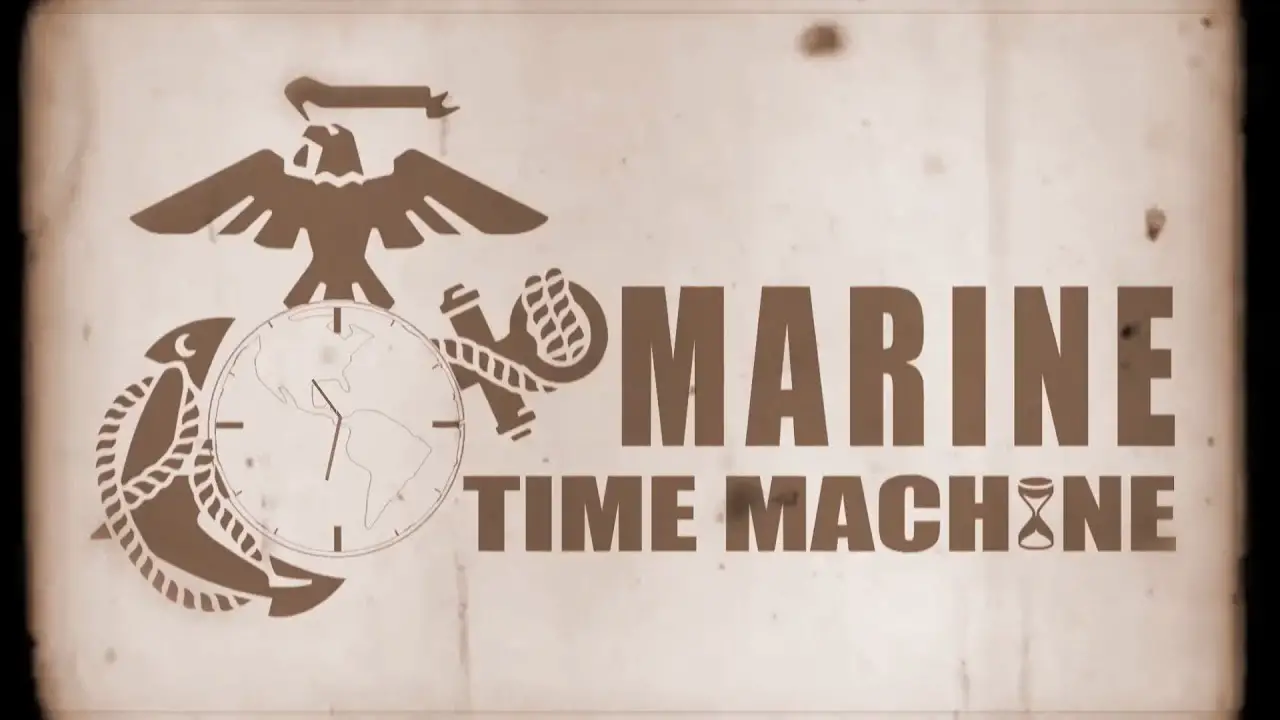Today marks the 75th anniversary of the United States Marine Corps Women’s Reserve. The United States Marine Corps Women’s Reserve (WR) was the World War II women’s branch of the United States Marine Corps Reserve. It was authorized by the U.S. Congress and signed into law by President Franklin D. Roosevelt on 30 July 1942, but the Marine Corps delayed the formation of the WR until 13 February 1943. The law provided that members of the WR may be commissioned or enlisted in such ranks and ratings equal to the regular Marine Corps, and was effective for the duration of the war plus six months. Its purpose was to release officers and men for combat and to replace them with women in shore stations. Ruth Cheney Streeter was appointed the first director of the WR. She was sworn in with the rank of major and later was promoted to a full colonel. The WR did not have an official nickname, as did the other World War II women’s military services, although many unofficial and uncomplimentary nicknames were used to describe the women.
Young women were eager to serve in the military during WW II, and the Marine Corps wanted only the best. The overall qualifications for women who wished to volunteer for the WR were stringent. The age requirement for officer candidates was between 20 and 49, and a candidate had to be a college graduate or have a combination of two years of college and two years of work experience. The age requirement for those who wished to enlist was between 20 and 35, and candidates had to have completed at least two years of high school. The WR did not accept African American or Japanese American women during World War II but did accept Native American women. The officer candidates first trained at the Navy’s Midshipmen School for women officers located at Mount Holyoke College in South Hadley, Massachusetts. The initial training for enlisted women was held at the Naval Training School at Hunter College in the Bronx, New York City. Soon, the Marine Corps saw the advantage of having its own training schools. Effective 1 July 1943, all WR training was to be held at Camp Lejeune, North Carolina. Members served at shore and air stations across the continental United States, including New York, Chicago, Paris Island, South Carolina, and El Centro and San Diego, California. The territory of Hawaii was the only overseas duty station where members were assigned. They served in occupations classified as professional, semi-professional, clerical, skilled trades, services, and sales. Although the Marine Corps listed more than 200 available job categories, over half of the WR members worked in the clerical field. In June 1945, the strength of the WR was 17,672. With the end of World War II in sight, the corps began to demobilize the members. By December 1945, the WR was down to 12,300, and by August 1946 it had about 300 WR members.
Early in the life of the WR, members were met with some degree of resentment and crude language. They accepted these indignities by demonstrating their competence, self-assurance, and pride and soon won over most of their detractors. For her stewardship of the WR, the Marine Corps presented Ruth Cheney Streeter with the Legion of Merit. On the occasion of the first anniversary of its establishment, the WR received a message from President Franklin D. Roosevelt, in which he observed, “You have quickly and efficiently taken over scores of different kinds of duties that not long ago were considered strictly masculine assignments, and in doing so, you have freed a large number of well trained, battle ready men of the corps for action.” General Thomas Holcomb, Commandant of the US Marine Corps, had been opposed to having women serve in the Marine Corps in the beginning. Before the end of 1943, however, he reversed himself, saying, “Like most Marines, when the matter first came up I didn’t believe women could serve any useful purpose in the Marine Corps … Since then I’ve changed my mind.”
















